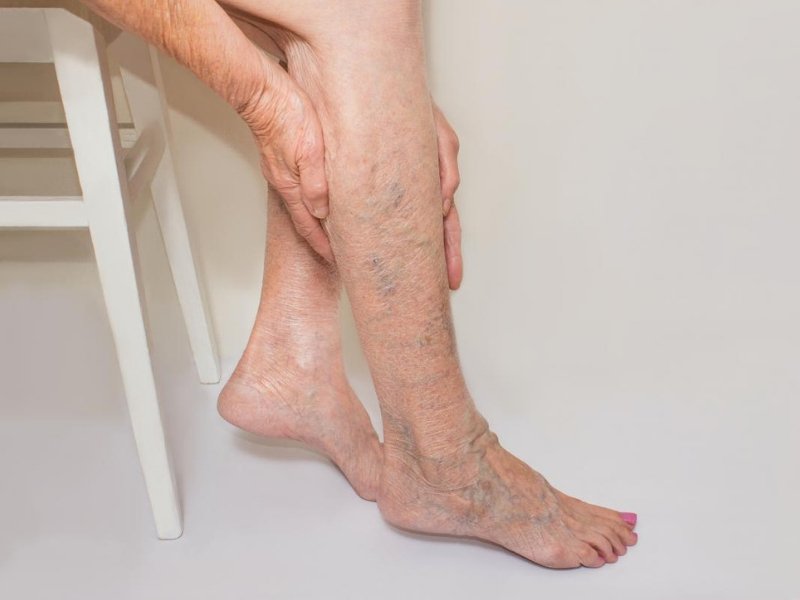Varicose veins surgery is a medical procedure that involves the removal of damaged or enlarged veins in the legs. This surgery offers several health benefits, including:
1. Improved circulation: Varicose veins surgery can improve blood flow and circulation in the legs, reducing the risk of blood clots and other circulation-related issues.
2. Reduced pain and discomfort: Surgery can alleviate the pain and discomfort associated with varicose veins, such as swelling, aching, and cramping.
3. Decreased risk of complications: Removing varicose veins can reduce the risk of developing complications such as leg ulcers, deep vein thrombosis, and pulmonary embolism.
4. Improved mobility: Surgery can improve mobility by reducing pain and discomfort and improving circulation in the legs.
5. Faster healing: Surgical removal of varicose veins can help wounds heal faster and reduce the risk of infection.
6. Improved appearance: Surgery can improve the appearance of the legs by reducing the size and visibility of varicose veins.
7. Better quality of life: Surgery can improve the quality of life by reducing pain and discomfort, improving mobility, and increasing self-confidence.
8. Lower healthcare costs: Surgery can reduce the need for ongoing treatment and medication, leading to lower healthcare costs over time.
9. Improved sleep: Surgery can improve sleep by reducing pain and discomfort, which can lead to better overall health and well-being.
10. Reduced risk of future varicose veins: Surgery can reduce the risk of developing future varicose veins, especially if combined with lifestyle changes such as exercise and a healthy diet.
11. Pain relief: Surgery can alleviate the pain and discomfort associated with varicose veins. Patients often report a significant reduction in pain and discomfort after the procedure.
12. Improved circulation: Varicose veins can impede blood flow in the legs, leading to swelling and discomfort. Surgery can help improve blood circulation and reduce swelling.
13. Reduced risk of blood clots: Varicose veins can increase the risk of blood clots, which can be dangerous. Surgery can reduce the risk of blood clots by removing or closing off damaged veins.
14. Reduced swelling: Varicose veins can cause swelling in the legs and ankles. Surgery can reduce swelling and improve overall comfort.
15. Reduced risk of skin damage: Varicose veins can cause skin damage and discoloration. Surgery can reduce the risk of skin damage by removing or closing off damaged veins.
17. Reduced risk of ulceration: Varicose veins can increase the risk of leg ulcers, which can be painful and difficult to treat. Surgery can reduce the risk of ulceration by removing or closing off damaged veins.
20. Improved quality of life: Varicose vein surgery can improve overall quality of life by reducing pain and discomfort, improving mobility, and improving appearance.
Varicose vein surgery, also known as vein stripping or ligation, is a medical procedure that involves removing or closing off damaged veins in the legs. Varicose veins are twisted, enlarged veins that can cause pain, swelling, and discomfort.




